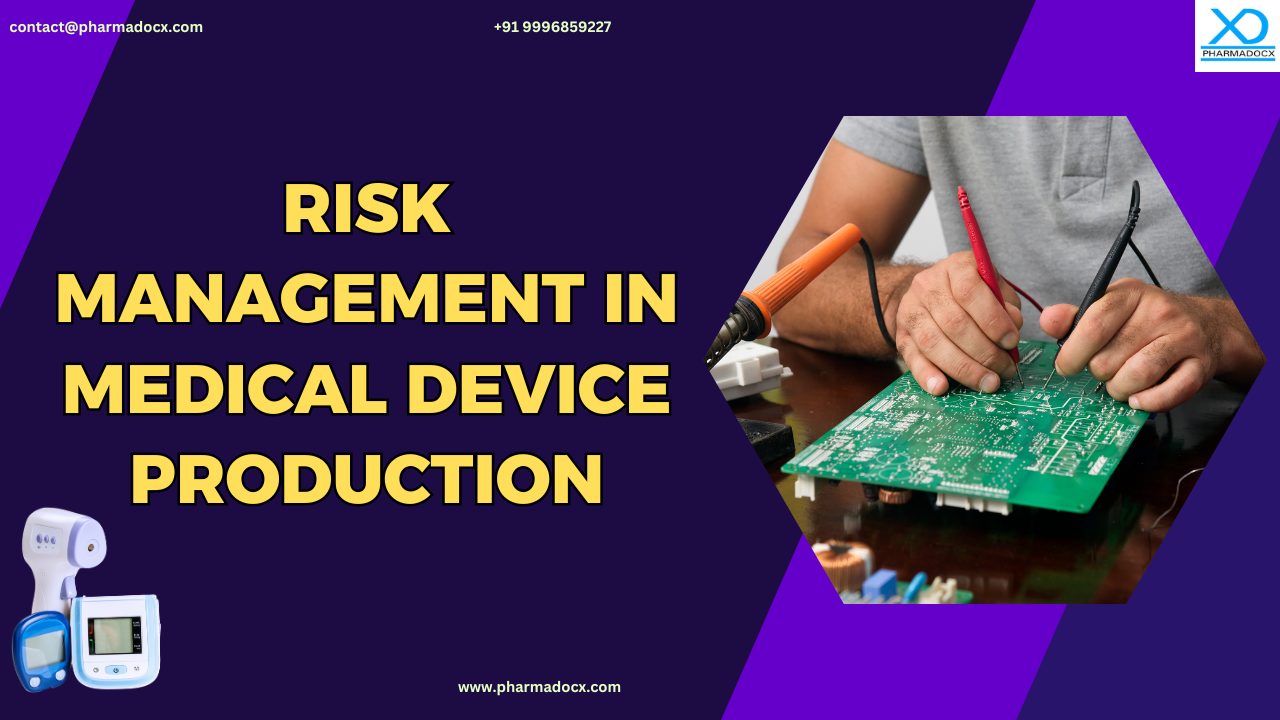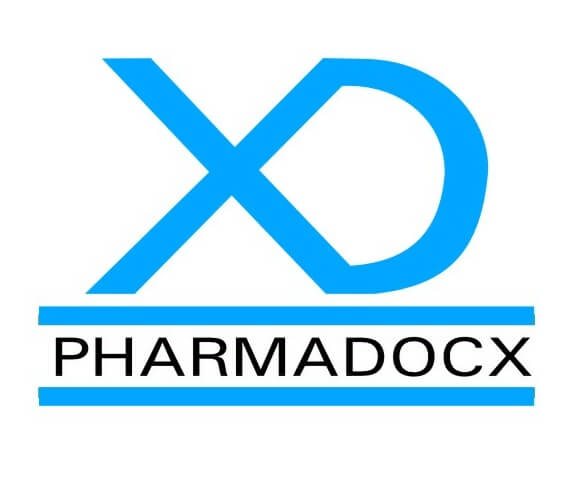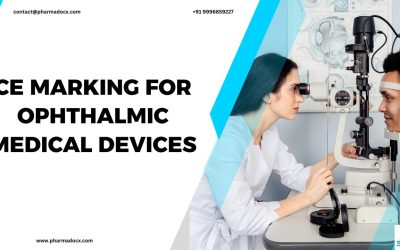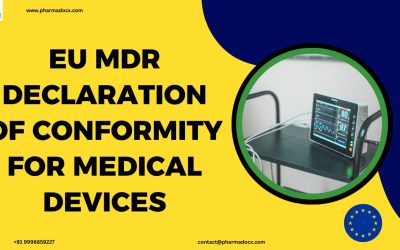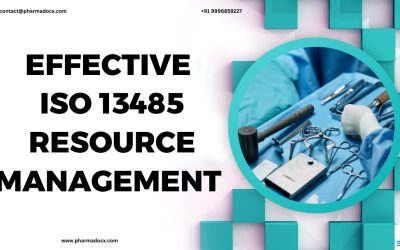Risk management in medical device production is a systematic, dynamic, continuous, and multifaceted process. In this highly competitive medical device landscape, implementing risk management strategies is not only about compliance but also a necessity. Manufacturers who prioritize risk management processes demonstrate accountability and a deep commitment to delivering safe and reliable medical devices. Risk management and assessment help organizations make informed decisions and avoid costly errors or recalls later on.
What is risk management in medical device production?
Risk management is the systematic use of policies and procedures to identify, evaluate, and control risks throughout the device lifecycle. Risk management in medical device production is guided by ISO 14971. ISO 14971 is the internationally recognized guideline for medical device risk management. Notably, risk management is not a one-time process. It is a continuous ongoing process that has to be constantly updated with new information or when the product changes. Risk management helps:
- Consistently identify hazards.
- Analyse risks with precision.
- Minimizes harm by implementing risk control strategies.
- Document actions for accountability and improvement.
Essential components of a risk management system
- Policy: Clearly defined policy of what risk levels are acceptable.
- Accountability: Designated responsibilities across departments for which they will be accountable.
- Processes: Well-defined steps for hazard identification and risk assessment.
- Training: Proper medical device risk management training should be imparted.
- Documentation: Data and information should be properly documented. Documentation is required to ensure traceability and audit readiness.
- Feedback: Mechanisms should be in place for obtaining feedback from post-market surveillance and user review.
5 stages of risk management in medical device production
- Identifying risks: The first step is identifying areas where potential harm could occur. The hazard identification and risk assessment stage evaluate physical hazards, possible use errors, electrical issues, software bugs, and even packaging failures. For example, a diagnostic device producing incorrect readings owing to sensor calibration errors poses a serious health risk.
- Analyzing risks: Manufacturers must perform in-depth medical device risk analysis. The probability of the risk occurring as well as the intensity of its impact on users have to be analysed. This will help prioritize which issues to mitigate first. For example, a minor display malfunction might be low risk. On the other hand, an incorrect dosage delivery by an infusion pump could be life-threatening
- Evaluating risks: The next step is to evaluate the risks whether they are within acceptable thresholds. If a risk is identified as unacceptable, it has to move to the next stage of risk management in medical device production.
- Risk mitigation and control: In this stage, the risk has to be reduced to acceptable level. Common methods used are design changes, software alerts, user manuals, protective housing, and additional safety features. The most efficient and effective control options have to be identified without disrupting production timelines.
- Continuous risk monitoring: Risk management is a continuous process. It does not end with product launch. Devices must be continuously monitored using real-world data, user feedback, and reported incidents. Additionally, tools, such as post-market surveillance and complaint systems, are essential for spotting new hazards.
Key steps to implementing an effective risk management system
Most regulatory guidelines require medical device manufacturers to implement a robust and effective risk management system. Implementing a structured and effective risk management framework is pivotal for patient safety and regulatory compliance. We have presented the key steps to building a robust risk management system.
- Define risk policy: Define acceptable levels of risk associated with the medical device and tolerance thresholds.
- Create an effective plan: Create an effective risk management plan customised for every device.
- Assign responsibilities: Identify personnel for each risk process and assign their responsibility. Additionally, they will be accountable for their actions.
- Impart training sessions: Regular training on medical device risk management should be imparted to update staff with the latest protocols.
- Use risk management tools and software: Use risk management software and tools to streamline the process, analysis, documentation, and record keeping.
- Review regularly and continuously update your system: Medical device risk management is an ongoing process. It has to be constantly updated and reviewed to stay updated. Continuously update your risk management system to be in sync with new data, evolving regulations, and advancements in technology.
Benefits of effective risk management
Effective medical device risk management offers numerous benefits.
- Effective medical device risk management reduces the likelihood of device failures or adverse events, thereby protecting end-users.
- Risk management in medical device production improves patient safety by identifying and correcting potential hazards associated with the device before it reaches the market.
- Regulatory bodies place special emphasis on documented risk management practices. Hence, demonstrating compliance with ISO 14971-risk management practices can ease the approval process and lead to smooth market access.
- It helps avoid costly product recalls, legal liabilities, sanctions, and reputational damage.
- It fosters a culture of accountability and continuous improvement.
- It helps manufacturers make better resource allocation decisions, reduce operational inefficiencies, and promotes sustainable growth in competitive markets.
- It further improves product quality and reliability. Thus, an effective risk management strategy will lead to greater customer satisfaction and trust.
Importance of risk management in medical device regulatory system
We have highlighted the importance of risk management in medical device regulatory system.
- Understanding the regulatory landscape: The risk management system helps understand the regulatory expectations. Specific regulations for the design, manufacturing, labelling, and post-market surveillance of medical devices are in place. The medical device risk management system covers all these aspects. It will help manufacturers proactively address potential risks and ensure their devices meet the regulatory standards for safety and effectiveness.
- Identify and assess potential risks: Risk management systems will help identify and assess potential risks in the design, manufacturing, or use of the device. Once potential risks are identified, they will be evaluated to determine the probability and severity of each risk. This will help manufacturers to prioritize risks and mitigate or eliminate them accordingly.
- Risk mitigation strategies: A robust risk management system will provide effective risk management strategies. These strategies will reduce the likelihood or severity of identified risks. By following these strategies, manufacturers can maintain compliance with regulatory requirements. Additionally, it will reduce the potential for harm to patients.
- Implement risk control systems: A robust risk management system will provide risk control measures to prevent or minimize the occurrence of identified risks. These control measures can include design changes, process improvements, and quality control measures. Additionally, monitoring systems will help track and evaluate the effectiveness of the risk controls. Moreover, it will help identify any new or emerging risks.
- Continuous evaluation and risk management: Risk management is a continuous process. It involves implementing new risk controls, updating existing ones, or enhancing monitoring systems. Moreover, an ongoing risk management system also demonstrates a commitment to consistent patient safety and regulatory compliance.
Step-by-step guide to performing risk assessment
- Establish the scope and purpose of the risk assessment process.
- Collate historical data, test results, user scenarios, and known issues.
- Perform potential hazard analysis.
- Estimate risk severity and probability using tools, such as risk matrices or failure modes and effects analysis (FMEA).
- Plan and implement risk reduction strategies.
- Validate and verify the risk assessment strategies. Ensure controls are functioning and risks are being mitigated or reduced as expected.
- Maintain a thorough record of all the data for auditors and regulators.
Implementing risk management in medical device production can be a challenging task. We will help you identify efficient and effective control options that will not be disrupting production timelines. Additionally, our team will provide end-to-end support in building a compliant and practical framework that will integrate seamlessly with your existing quality systems. To implement a robust and effective medical device risk management system, drop an email at [email protected] or call/Whatsapp on 9996859227.

